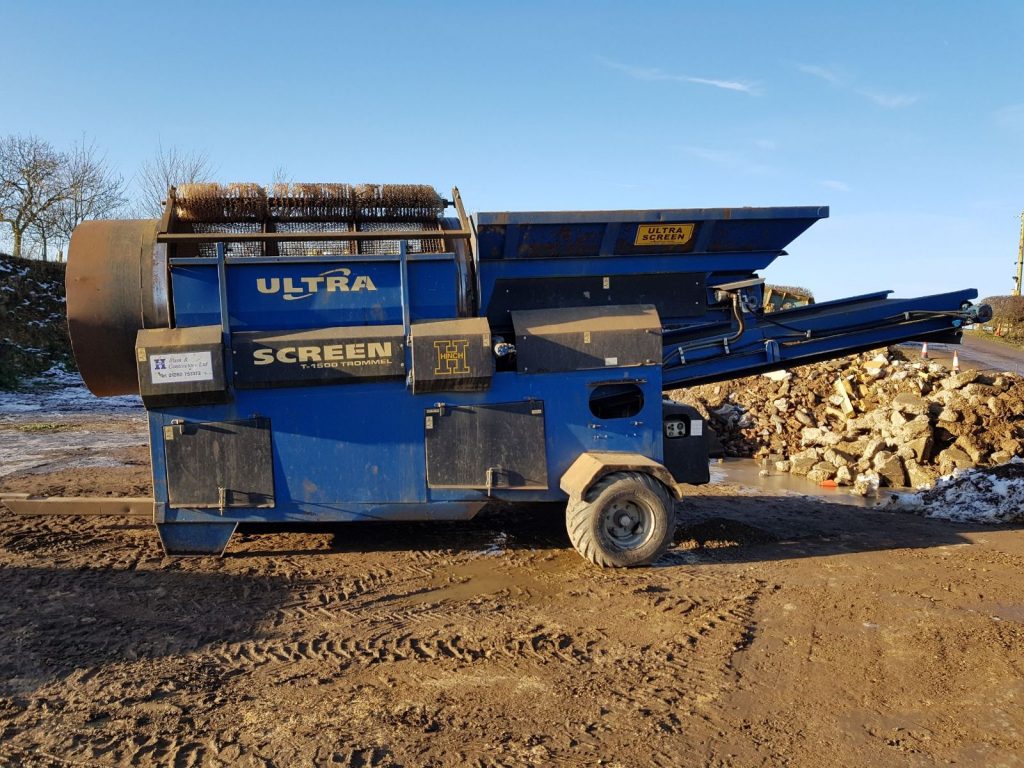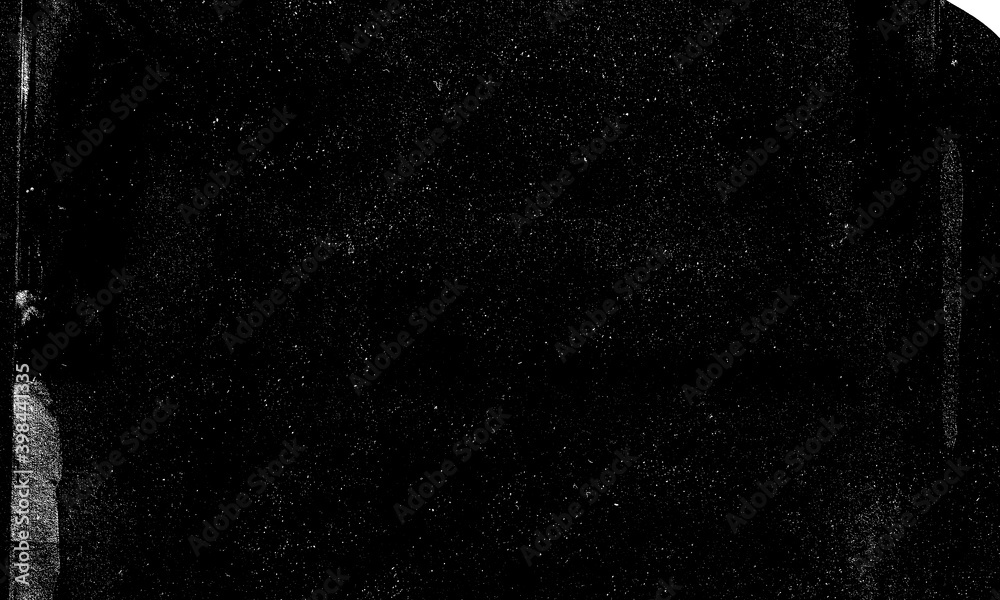Make Best Use Of Productivity: Locate the Right Dirt Screen for Sale Tailored to Your Specifications
Make Best Use Of Productivity: Locate the Right Dirt Screen for Sale Tailored to Your Specifications
Blog Article
Enhance Product Recovery With State-Of-The-Art Dust Screens for Recycling Facilities
In today's world, where environmental sustainability is a pressing problem, reusing facilities play an essential function in lowering waste and conserving sources. Maximizing material healing can be an intricate procedure, frequently impeded by the visibility of dust and debris in the recycling stream. This is where advanced dust displays enter into play, supplying an appealing solution to improve product recovery prices. By efficiently dividing unwanted pollutants, these innovative screens hold the possible to reinvent reusing facilities' operations. How precisely do dirt screens boost product healing? What are the essential functions that make them state-of-the-art? And how can reusing facilities implement them efficiently? In this conversation, we will discover the response to these concerns and look into real-life study that highlight the effective combination of dirt displays in recycling centers. Prepare to discover the transformative power of modern dirt screens and their influence on boosting product recuperation.
The Value of Dust Screens in Recycling Facilities
Dust displays play a crucial function in reusing centers by efficiently dividing dirt and other impurities from recyclable products. These displays, also understood as trommel displays, are designed to efficiently remove unwanted debris and make sure that just clean and functional products are processed better.
The key feature of dust displays is to separate larger items of dirt, rocks, and other non-recyclable products from the stream of products. By doing so, they avoid these pollutants from entering the reusing procedure and possibly damaging equipment or endangering the quality of the final product.
In addition, dust screens help to enhance the general effectiveness of reusing procedures. By getting rid of dirt and other contaminants early at the same time, the screens minimize the quantity of manual work called for to sort and clean the materials in the future. This not just conserves time yet also boosts and minimizes expenses efficiency.
Moreover, using dirt screens adds to environmental sustainability. By making sure that only tidy and unpolluted products are refined, recycling facilities can create higher-quality recycled items. This, subsequently, urges the usage of recycled materials in various industries, lowering the need for virgin sources and lessening the ecological impact of resource extraction and manufacturing procedures.
Exactly How Dust Screens Improve Material Recuperation
Making use of dust displays in reusing facilities substantially enhances the procedure of material recovery. These displays play a critical duty in dividing dirt, particles, and various other unwanted materials from the recyclable stream, causing enhanced effectiveness and higher top quality result.
One of the main ways in which dust displays enhance material recuperation is by getting rid of pollutants that can impede the reusing process. Dirt, rocks, and other non-recyclable products can trigger damages to equipment, minimize the effectiveness of subsequent sorting processes, and pollute the final recycled materials. By successfully evaluating out these impurities, dust displays help make sure that the recyclable materials continue to be pure and of top quality.
Moreover, dust displays enable reusing facilities to recover a better quantity of useful products. By eliminating dirt and particles, the screens enable an extra precise sorting process, boosting the recovery price of recyclable materials. This means that even more important resources can be reclaimed and reused, reducing the requirement for virgin materials and reducing the environmental impact linked with their extraction and production.
Along with enhancing material recovery, dirt displays additionally add to the overall effectiveness of reusing facilities. By stopping tools damage and minimizing downtime triggered by blockages and clogs, these screens assist keep a smooth and undisturbed recycling process. This raised performance translates right into price savings and enables for greater throughput, ultimately improving the profitability and sustainability of reusing operations.
Secret Features of State-of-the-Art Dirt Screens
To further boost the efficiency and efficiency of material recovery in recycling facilities, modern dust screens are outfitted with key attributes that optimize the separation procedure and ensure the finest quality outcome (dirt screen for sale). These features include sophisticated screening innovation, adjustable setups, and durable building and construction
One key feature of cutting edge dirt displays is their innovative screening innovation. These screens are developed with precision-engineered mesh or perforated plates that properly separate dust and particles from the recyclable materials. The size and spacing of the openings in the displays can be personalized to accommodate different kinds of materials, permitting reliable splitting up and maximum recovery prices.
An additional vital attribute of these dust displays is their customizable setups. Reusing facilities can readjust the speed, angle, and amplitude of the screens to optimize the splitting up procedure. This adaptability permits operators to tweak the screens according to the specific requirements of the materials being processed, leading to enhanced precision and higher recovery rates.
In addition, modern dirt screens are constructed with robust building to endure the harsh problems of recycling centers. They are made from long lasting materials such as stainless-steel or high-strength alloys, guaranteeing long life and very little downtime as a result of maintenance or repairs. Furthermore, these displays are created with very easy gain access to for cleaning and maintenance, minimizing and promoting effective procedures downtime.
Steps to Executing Dirt Screens in Recycling Facilities
What are the required actions for incorporating dirt screens right into recycling centers? Carrying out dust screens in reusing facilities involves a methodical strategy to guarantee efficient installment and procedure. The adhering to are the necessary steps to effectively integrate dust displays:
Analysis: Conduct a complete analysis of the center's requirements and needs to figure out the ideal dust screen specifications. Take into consideration elements such as product kind, quantity, and desired separation performance.

Setup: Prepare the center for the setup of the dirt displays. This may entail retrofitting existing tools or developing space for brand-new installations. Adhere to maker guidelines and make certain proper positioning and combination with the reusing process.
Evaluating and Calibration: Once the dust displays are mounted, conduct complete screening to ensure appropriate performance. dirt screen for sale. Adjust the system to attain wanted separation efficiency and reduce material loss
Training and Upkeep: Train team on operating and keeping the dust screen system. Establish a routine upkeep routine, consisting of cleansing and evaluation, to make sure optimum efficiency and longevity.

Study: Effective Material Recuperation With Dirt Screens
Including dirt displays into reusing facilities has actually shown to be a successful technique for achieving effective material healing, as demonstrated by numerous case studies. These study highlight the positive impact of dust screens on the general recycling process.
By implementing dirt screens, the facility was able to dramatically reduce the amount of contamination in their recyclable materials. The introduction of dirt displays additionally aided to tear and reduce the wear on sorting tools, reducing maintenance costs and downtime.
One more instance research showcases a rural recycling center that dealt with extreme dust and particles in their incoming waste stream. By setting up dust screens, the center was able to get rid of a huge part of the undesirable products, causing cleaner recyclables and enhanced efficiency in the sorting procedure. This brought about higher material healing prices and lowered waste sent out to the landfill.
These study demonstrate that including dust displays right into reusing facilities can have a significant positive impact on material healing. By efficiently getting rid of dirt, particles, More Bonuses and various other contaminants, reusing facilities can improve their total recycling rates, decrease garbage dump waste, and make best use of the worth of retrieved materials.
Final Thought
To conclude, making use of cutting edge dirt displays in recycling centers is vital for enhancing product healing. These displays successfully remove dust and debris, permitting the reliable splitting up and recovery of beneficial products. By executing dirt screens, reusing centers can substantially improve their reusing procedures and add to a more sustainable future.
One of the major methods in which dust screens boost material healing is by removing pollutants that can hinder the reusing procedure. By successfully evaluating out these pollutants, dust screens assist ensure that the recyclable materials continue to be pure and of high quality.
Moreover, dirt displays enable reusing facilities to recuperate a greater quantity of beneficial products.In addition to enhancing material recuperation, dirt displays also add to the overall performance of recycling centers.In final thought, the usage of cutting edge dust screens in reusing facilities is crucial for boosting material recuperation.
Report this page